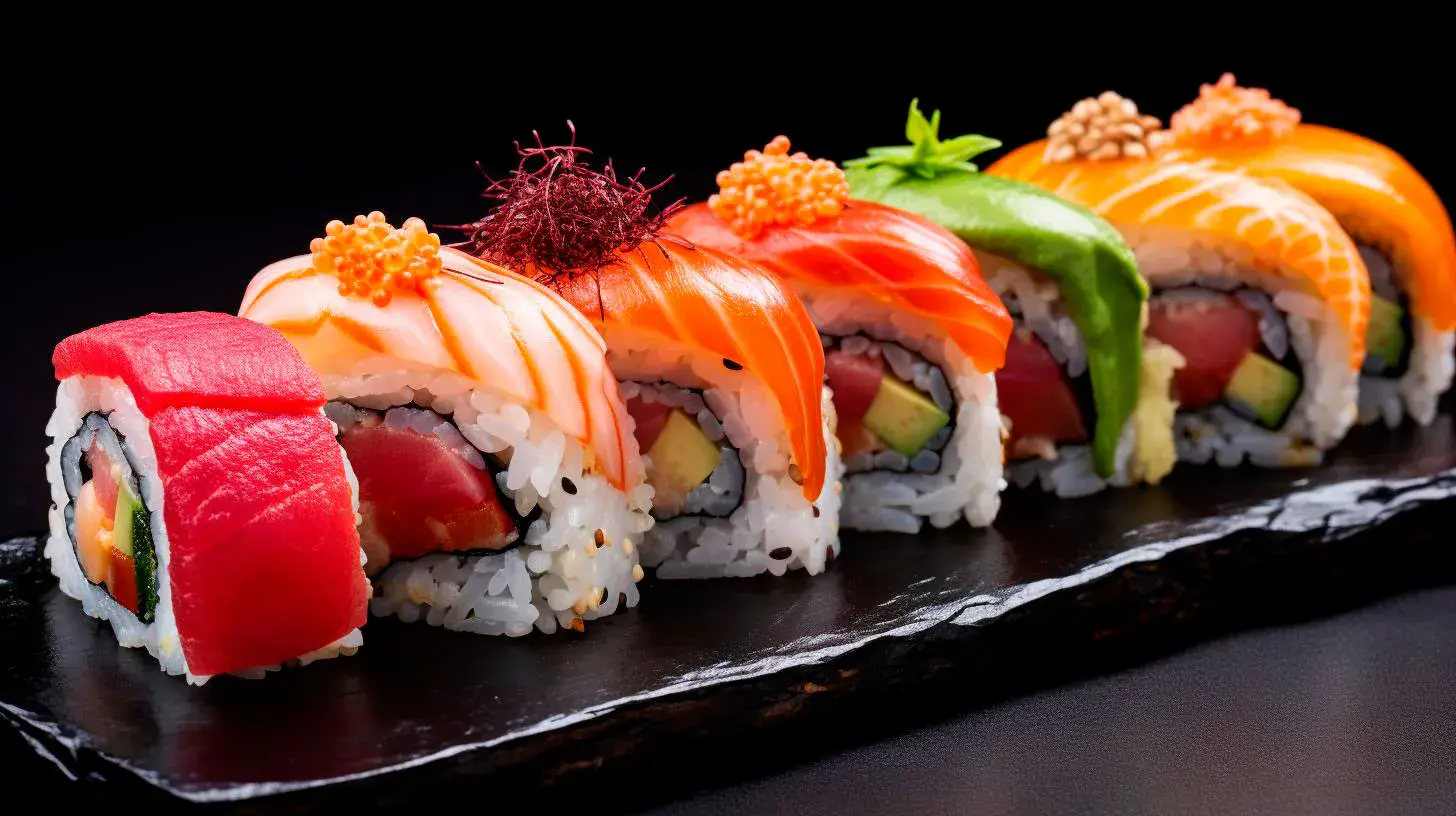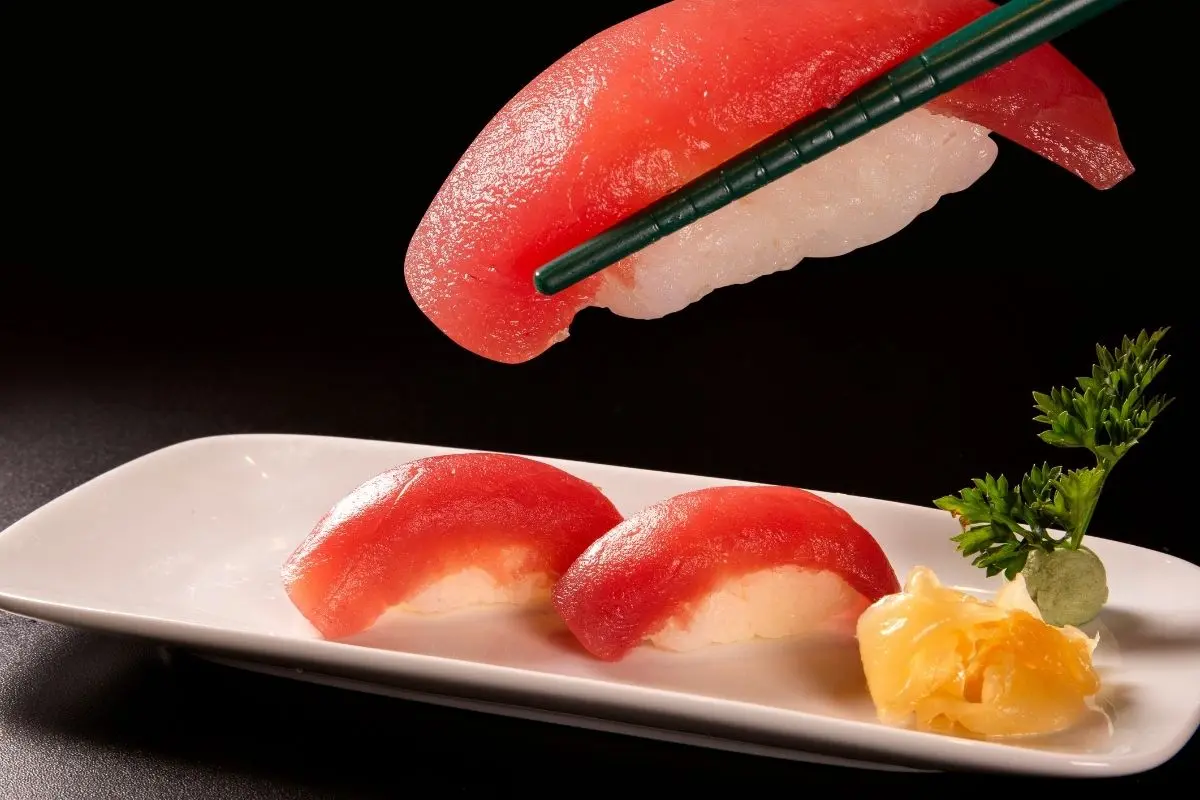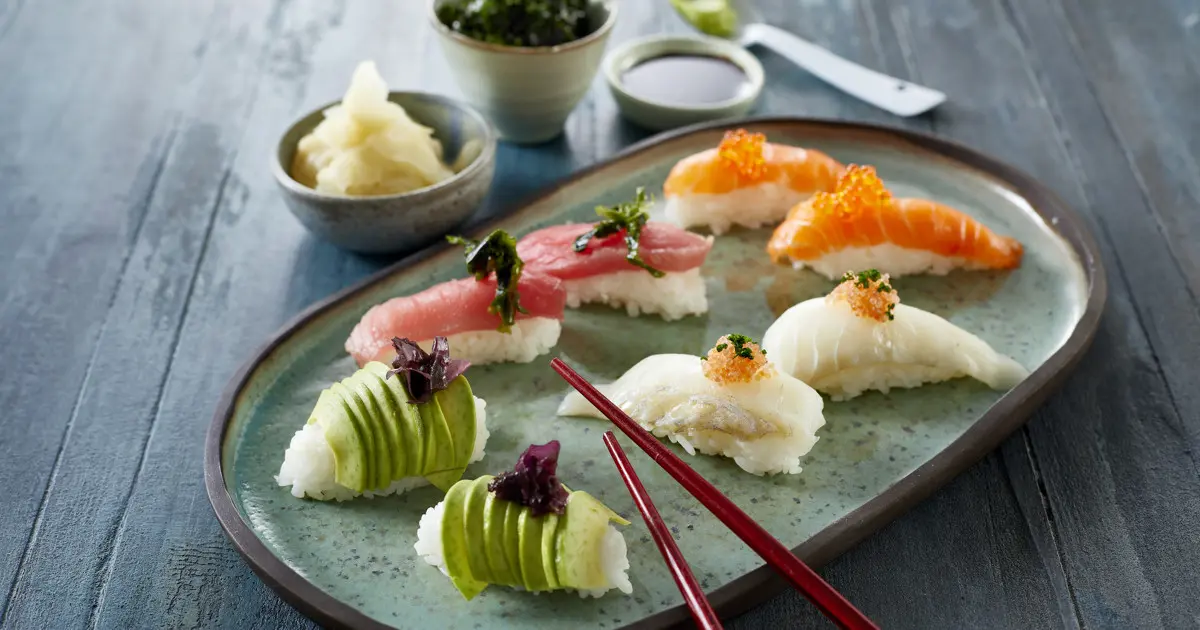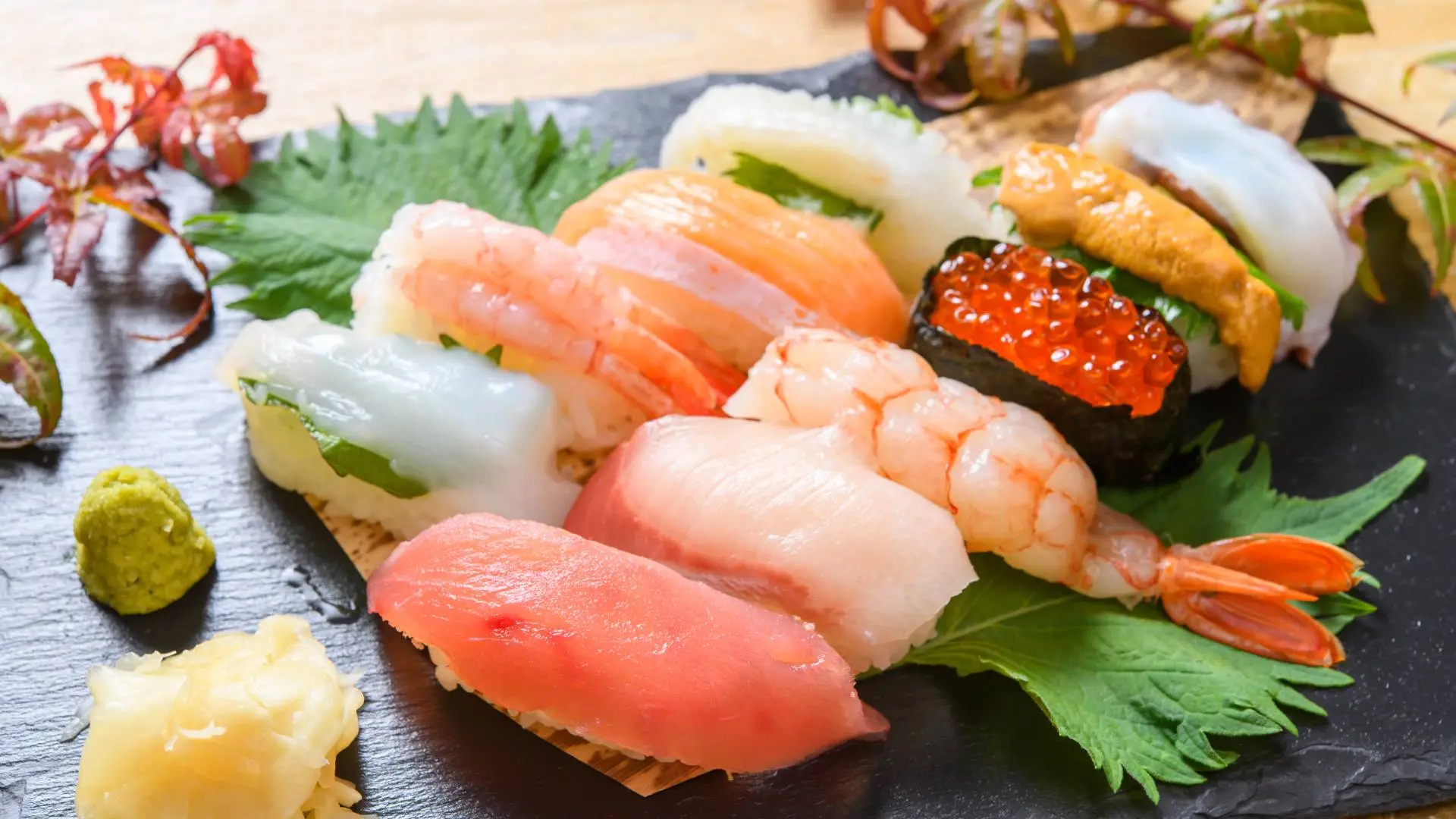Tuna Vs Salmon Sushi: Exploring The Delights Of Two Beloved Choices

Sushi, a culinary art form revered globally, offers a diverse palette of flavors and textures. Among the most popular choices, tuna and salmon sushi stand out, captivating diners with their distinct profiles. While both are celebrated for their rich taste and melt-in-your-mouth texture, subtle yet significant differences exist that cater to varied palates. Understanding these nuances can enhance your sushi experience and help you appreciate the unique qualities of each fish.
Tuna Sushi: A Lean and Meaty Elegance

Tuna sushi, often featuring varieties like Bluefin or Yellowfin, presents a leaner profile compared to salmon. Its texture is typically firmer, offering a satisfying chew without being tough. The taste of tuna is often described as “meaty” or “savory,” with a clean, almost metallic finish, especially in leaner cuts like Akami (red meat from the loin). High-quality tuna should have minimal fishiness, delivering a refined and robust flavor that is both delicate and powerful. This makes tuna sushi a favorite for those who prefer a less fatty and more intensely flavored fish.
Salmon Sushi: Richness and Buttery Smoothness

In contrast, salmon sushi is renowned for its rich, buttery texture and melt-in-your-mouth tenderness. The higher fat content of salmon contributes to its incredibly smooth and luscious feel on the palate. The flavor profile of salmon is often described as milder and sweeter than tuna, with a distinct richness that comes from its fat. This richness can be described as almost creamy, and it often leaves a pleasant, lingering flavor. Salmon sushi is particularly appealing to those who enjoy a softer texture and a more subtle, less assertive fish flavor.
Texture Showdown: Firmness vs. Melt-in-Your-Mouth

The primary textural difference between tuna and salmon sushi lies in their firmness. Tuna boasts a firmer flesh, requiring a gentle chew that releases its savory flavor. This firmness makes it a more substantial bite compared to salmon. Salmon, on the other hand, offers a notably softer, almost buttery texture that melts effortlessly in the mouth. This difference in texture significantly impacts the overall eating experience, catering to preferences for either a more substantial or a more delicate mouthfeel.
Taste Test: Savory Depth vs. Buttery Sweetness

While both are undeniably delicious, the subtle taste variations further distinguish tuna and salmon sushi. Tuna offers a more pronounced, savory flavor, often described as “meaty” and clean. Its taste is less sweet and carries a hint of oceanic minerality. Salmon, however, presents a milder, sweeter, and more buttery flavor profile. The higher fat content enhances its sweetness and richness, creating a more decadent and less "fishy" taste for some palates. Ultimately, the preferred taste boils down to individual preference - savory and robust versus sweet and buttery.
Choosing Your Sushi Adventure: A Matter of Preference

Ultimately, the choice between tuna and salmon sushi is a matter of personal preference. If you prefer a leaner fish with a firmer texture and a more pronounced, savory flavor, tuna sushi is an excellent choice. If you favor a richer, buttery texture and a milder, sweeter taste, salmon sushi will likely be more to your liking. Exploring both options and appreciating their subtle yet delightful differences is the best way to fully enjoy the art of sushi and discover your own personal favorite.
Recommended

Ina Garten's Popular Mac And Cheese Has One Unexpected Step You'll Need To Plan Ahead For

What Tequila Does Texas Roadhouse Use For Its Margaritas?

Give No-Bake Cheesecake A Better Texture Using Only One Ingredient

The Real Meaning Of 'Al Dente' (And Why It Matters For Your Pasta)
Next up

